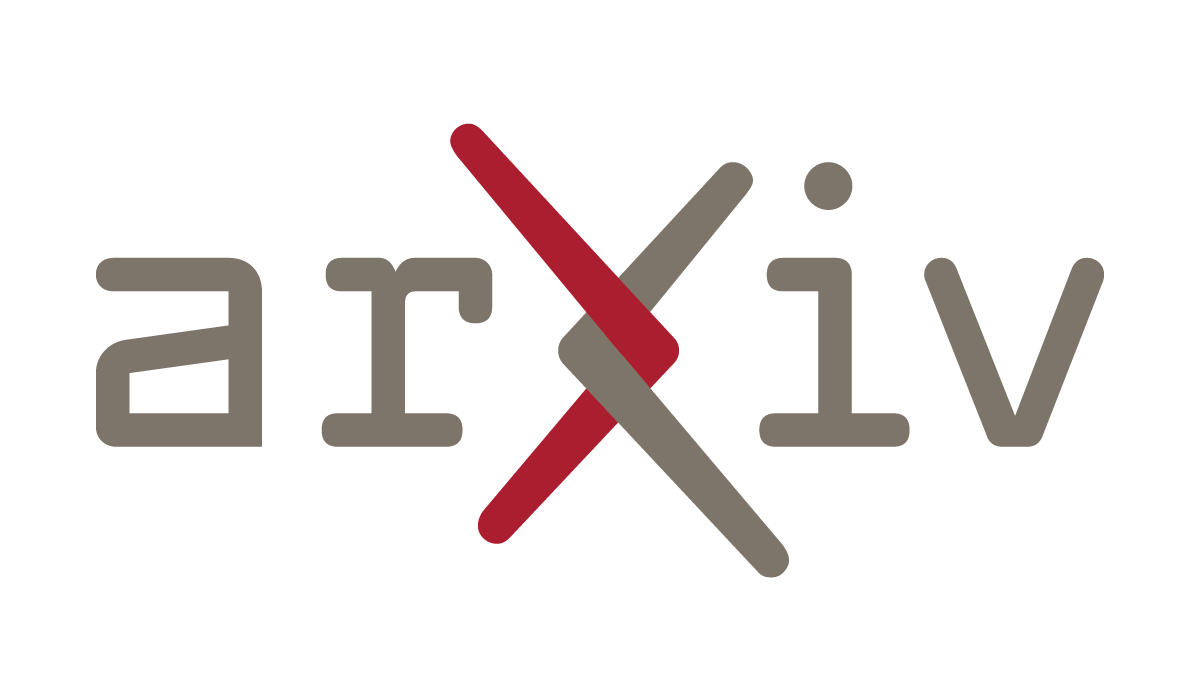1
Online Training of Hopfield Networks using Predictive Coding
arxiv.orgNeuroscience and Artificial Intelligence (AI) have progressed in tandem, each contributing to our understanding of the brain, and inspiring recent developments in biologically-plausible neural networks (NNs) and learning rules. Predictive coding (PC), and its learning rule, have been shown to approximate error backpropagation in a biologically relevant manner, with local weight updates that depend only on the activity of the pre- and post-synaptic neurons. Unlike traditional feedforward NNs where the flow of information goes in one direction, PC models mimic the brain more accurately by passing information bidirectionally: prediction in one direction, and correction/error in the other. PC models learn by clamping some neurons to target values and running the network to equilibrium. At equilibrium, the network calculates its own error gradients right at the location where they are used for weight updates. Traditional backprop requires the computation graph to be feedforward. However, the PC version of backprop does not have this requirement. Amazingly, no one has demonstrated the application of PC learning directly to recurrent neural networks (RNNs). Hopfield networks (HNs) are RNNs that implement a content-addressable memory, learning patterns (or ``memories'') that can be retrieved from partial or corrupted patterns. In this paper, we show that a HN can be trained using the PC learning rules without modification. To our knowledge, this is the first time PC learning has been applied directly to train a RNN, without the need to unroll it in time. Our results indicate that the PC-trained HNs behave like classical HNs.
You must log in or # to comment.


